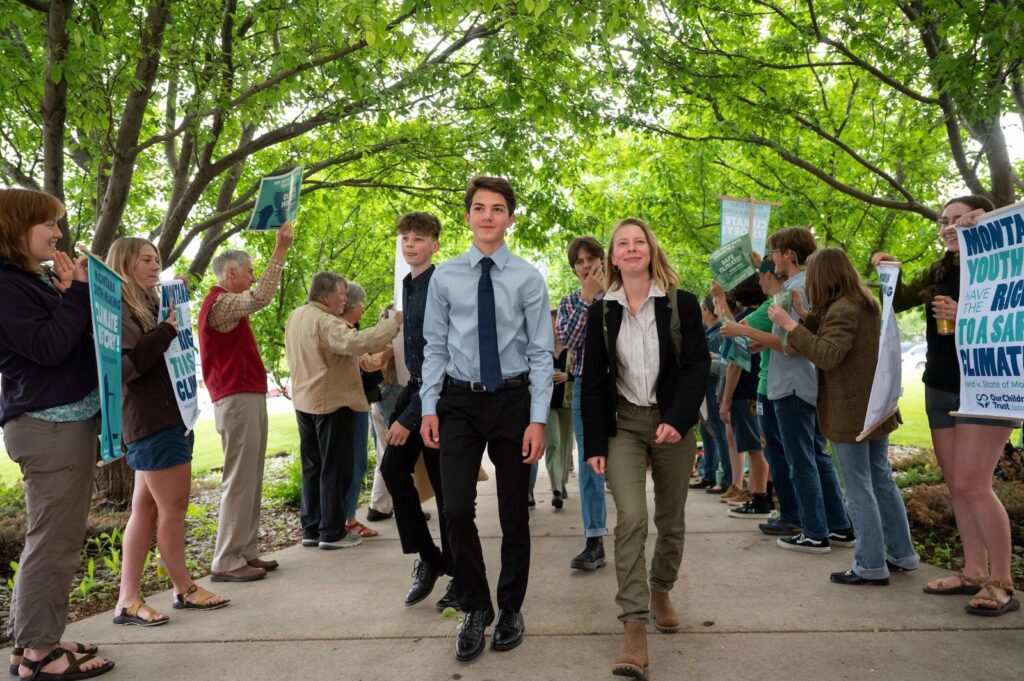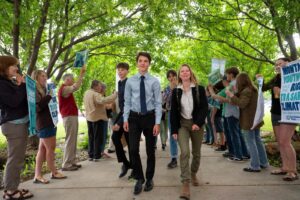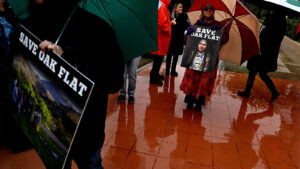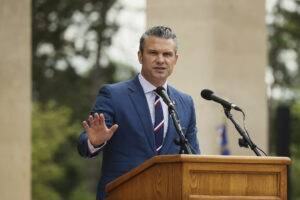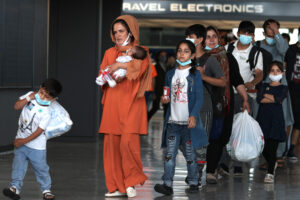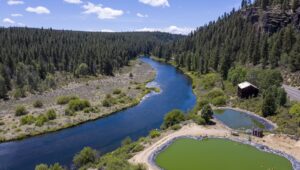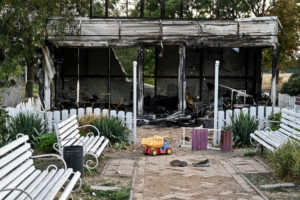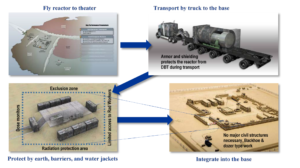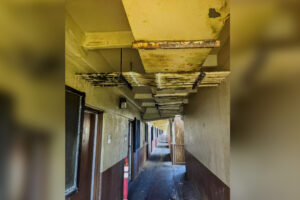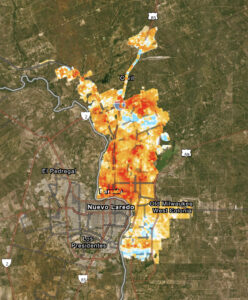Twenty-two young people are suing President Donald Trump, arguing that his executive orders to “unleash” fossil fuel development and achieve “energy dominance” are not only unconstitutional but life-threatening — a direct challenge to his rollback of efforts to address the climate crisis.
Many of the young plaintiffs have taken part in similar lawsuits before, and won. Now, they’re using the lessons learned in previous fights to improve their odds of success.
“Trump’s fossil fuel orders are a death sentence for my generation,” Eva Lighthiser, the named plaintiff in the case, said in a statement. “I’m not suing because I want to — I’m suing because I have to. My health, my future, and my right to speak the truth are all on the line. He’s waging war on us with fossil fuels as his weapon, and we’re fighting back with the Constitution.”
Lighthiser v. Trump, filed May 29 in federal district court in Butte, Montana, names Trump; several Cabinet secretaries and agencies, including the Energy and Transportation departments; and the EPA as defendants.
At issue are two orders Trump signed on his first day in office: one, declaring “a national energy emergency” and a second boosting production of “American energy”. A third order, signed in April, aimed to reinvigorate “America’s beautiful, clean coal industry.” Together, the youth plaintiffs — who are between 7 and 25 years old — argue these actions prioritize fossil fuels, suppress climate science, and undermine federal laws designed to protect public health, promote environmental safety, and maintain scientific integrity. They also argue that the orders “amount to a wholesale attack on clean renewable energy and climate science — escalating the climate emergency” and violating their Fifth Amendment right to life and liberty.
“These are the three executive orders that are the basis for the administration’s efforts to both unleash new fossil fuels and block the build-out of renewable energy,” said Nate Bellinger, one of the attorneys representing the plaintiffs. “They’re often referencing these executive orders when they’re doing things like expedited environmental reviews for oil and gas development or expanding coal mines.”

Courtesy of Our Children’s Trust
Lighthiser v. Trump enumerates the many ways Trump’s orders adversely impact the plaintiff’s lives. The young people, described as “students, ranchers, scientists-in-training, artists, and educators,” claim their economic and academic opportunities have been jeopardized by the Trump administration’s aggressive campaign to wipe climate data from the internet. They’ve endured heat waves that kept them indoors and fled wildfires or floods that threatened their homes. Some have been hospitalized for lung problems, and five of them live with respiratory ailments exacerbated by pollution.
“Future generations should not have to foot the bill of the [left’s] radical climate agenda,” said White House assistant press secretary Taylor Rogers in response to the lawsuit. “The American people are more concerned with the future generations’ economic and national security.” Representatives for the federal agencies being sued did not respond to requests for comment.
Many of the plaintiffs in the suit won key climate victories against the state of Montana and the Hawai‘i Department of Transportation in 2024 and 2025, respectively. Then, as now, they argued that policies prioritizing the production of fossil fuels violated their right, enshrined in the constitutions of those two states, to a clean and healthful environment — rulings lawyers hope will set precedent for the case against Trump.
Like Lighthiser v. Trump, those suits were brought by Our Children’s Trust, a nonprofit dedicated to achieving legal recognition of children’s climate rights. This is not the first time it has taken the federal government to court — Our Children’s Trust spent a decade in court arguing Juliana v. United States, a pioneering case that argued the government wasn’t doing enough to protect them from climate change.
They lost that case in March, but their fight sparked a global movement to defend children’s rights to a healthy climate and shaped the strategy behind the current lawsuit.
“The hill that the plaintiffs need to climb here is not as steep as what they faced in Juliana,” said Michael Gerrard, founder and faculty director of Columbia University’s Sabin Center for Climate Change Law. “In Juliana, they were asking the court to direct the federal government to prepare and implement a plan to change the entire energy system in the U.S. Here they are simply asking for the revocation of certain executive orders.”
Beyond that, “This new case is really grounded in previously recognized constitutional rights, rather than trying to argue there’s a new constitutional right to a stable climate system,” said Bellinger. He played a key role in winning the Montana case, where a judge agreed that the state’s enthusiastic support of the fossil fuel industry violated his clients’ constitutional rights. Ten of those young people from Montana are now among the 22 plaintiffs in the Trump lawsuit.
“What we really need to be doing,” Bellinger said, “is addressing the climate emergency, not unleashing fossil fuels that will worsen the plaintiffs’ injuries.”
This story was originally published by Grist with the headline Youth climate activists won lawsuits in Montana and Hawai‘i. Now they’re targeting Trump. on Jun 6, 2025.

